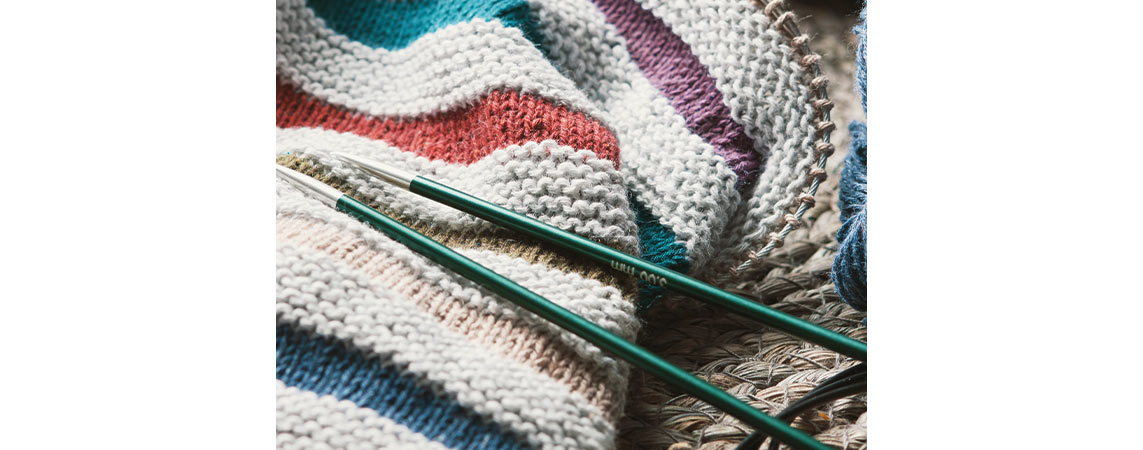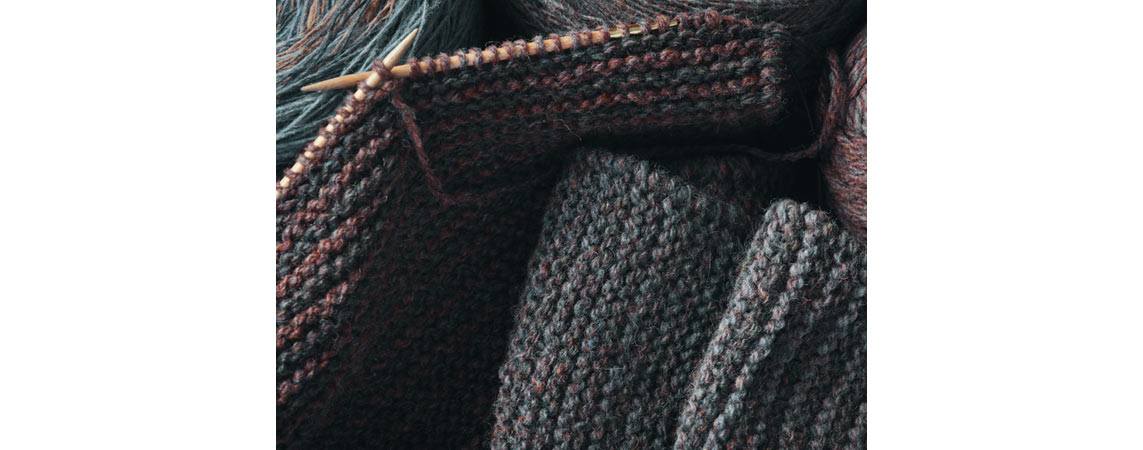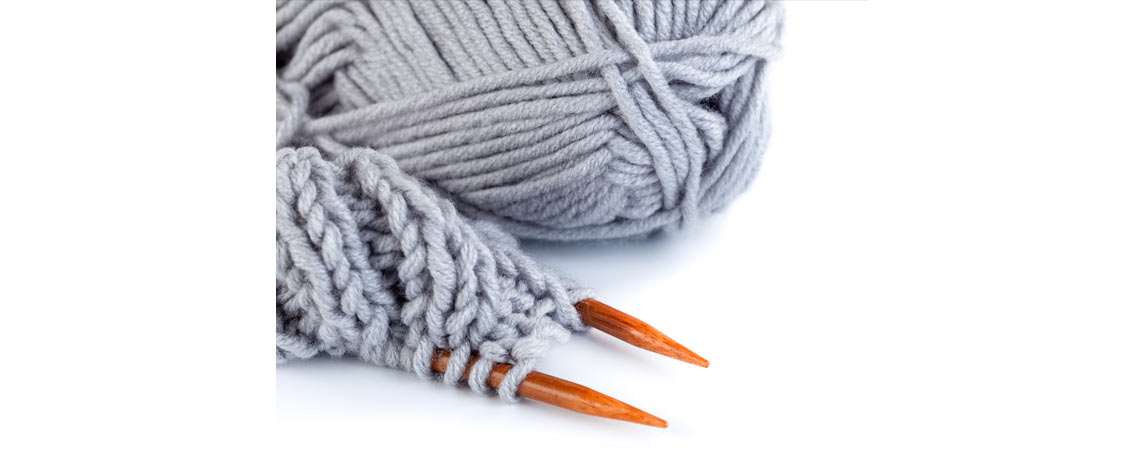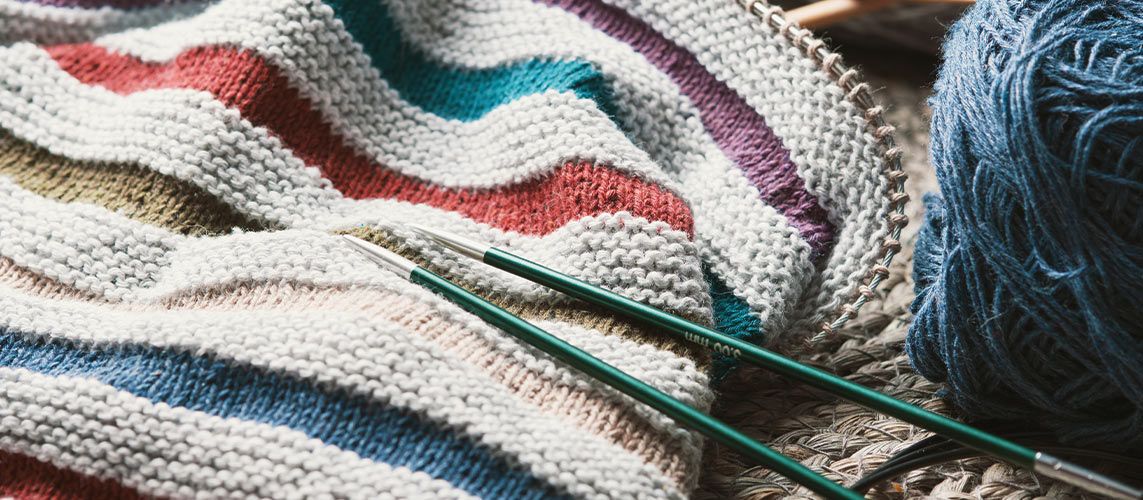Just like a chef stirs her ingredients with a wooden spoon to create a scrumptious sauce, decreases in knitting are the secret spices in working on your project. They give texture to your scarves, shape to your hats, and elegance to your cardigans. To create the perfect shape, you swing your knitting needles, blend your stitches and reduce their number seamlessly and unnoticeably.
That's where the art of decreasing comes in! It's like Harry Potter casting that magical “Evanesco” spell, only that it’s a kind of magic that will make your stitches disappear and transform your work into made-to-measure couture. Soon, you'll be able to navigate knitting patterns like a Michelin-star chef his recipes, knowing exactly which decrease to use at each twist and turn. So get your trusty needles out and unlock the secrets of decreasing your knit stitches!

The Usual Suspects
These classic decreases are the go-to choices for most knitting projects and are commonly used for shaping garments, creating smooth edges, and maintaining stitch patterns. They reduce your stitch count by one.
Knit Two Together (K2tog): This is one of the most basic decrease methods. To execute this decrease, you insert your needle into the following two stitches as if to knit them naturally, grab the yarn and pull through both loops. This way, you knit them as one. K2tog leaves a slightly visible, right-leaning decrease in your pattern.
Purl Two Together (P2tog): The purl version of the K2tog decrease. Instead of knitting, you purl the next two stitches together as one stitch.
Slip, Slip, Knit (SSK): This decrease method creates a left-leaning decrease. To work an SSK, you slip the next two stitches knitwise, one at a time, onto your right-hand needle, changing their orientation. Then you slip them back onto your left needle, insert the right-hand needle into the front loops of these two slipped stitches and knit them together.
Slip, Slip, Purl (SSP): This decrease method creates a left-leaning decrease on the purl side. It is similar to SSK but used in purling.

Let’s Twist Again
Knit Two Together Through the Back Loop (K2togtbl): This decrease is similar to K2tog but is worked through the back loops of the stitches, creating a twisted stitch effect.
Slip 1, Knit 1, Pass Slipped Stitch Over (SKP): SKP is a commonly used decrease in lace knitting and textured patterns. SKP creates a twisted stitch that leans to the left. It's an alternative to SSK and can produce a more pronounced twisted effect in your knitting.
Slip 2 Knitwise, Knit 1, Pass Slipped Stitches Over (S2KP): S2KP is an advanced decrease used in complex stitch patterns and lacework. This decrease involves slipping two stitches knitwise, knitting the next stitch, and then passing the slipped stitches over the knitted stitch. It results in a double-twisted effect and provides a distinct visual impact in your knitting.

Center Stage
With the help of centered decreases, you maintain the symmetry in your fabric, creating neat stitch patterns and achieving balanced shaping. They help create a clean and uniform appearance without any slant to the stitches.
Centered Double Decrease (CDD): This decrease decreases two stitches at the center of a row or round without a left- or right-leaning effect. Slip two stitches knitwise together, knit the next stitch, and pass the two slipped stitches over the knit stitch.
Centered Triple Decrease (CTD): The Centered Triple Decrease reduces your stitch count by three into one in a centered manner. Slip 2 stitches together as if to knit, knit the next stitch, and then pass both slipped stitches over the knitted stitch (similar to a CDD). Slip the knitted stitch back onto the left-hand needle. Now, repeat steps 1 and 2 once more, resulting in three stitches decreased to one.
Enigmas - Unconventional Decreases
Here are some complex decrease methods for textured designs or advanced knitting projects such as lacework and labor where significant shaping is needed.
Slip Slip Knit Pass (SSK-P): This variation of the SSK decrease is used in lace knitting. After working the SSK, you pass the decreased stitch over the next stitch back on your left-hand needle.
Slip Slip Slip Knit (SSSK): This guy decreases three stitches and creates a left-leaning effect. To work an SSSK, you slip the next three stitches individually knitwise onto the right-hand needle, then insert the left-hand needle into the front loops of these three slipped stitches and knit them together through the back loops.
Knit Three Together (K3tog): Another decrease method to combine three stitches into one. To execute this technique, insert your needle into the following three stitches knitwise and then knit them all together. K3tog creates a slanting decrease that leans to the right. It brings the three stitches closer together and creates a pronounced decrease in the fabric.
Purl Three Together (P3tog): This decrease makes three stitches into one on the purl side. Insert your right-hand needle through the front loops of the following three stitches and purl them together.
Knit Four Stitches Together (K4tog): You typically use this technique for creating bobbles or shaping leaves and other designs in lace patterns. Insert your needle into the four stitches on your left needle and knit them together as one stitch. Ensure your loops are loose enough, or use a smaller needle size. This decrease creates an even more dramatic reduction in stitch count and produces a pronounced tapered effect in the knitted piece.
No matter which type of knitting needles you prefer, the key to mastering decreases lies in practice, experimenting, and understanding the specific requirements of your project. We hope you’re now equipped with an arsenal of decreasing spells to make your projects truly bewitching!












